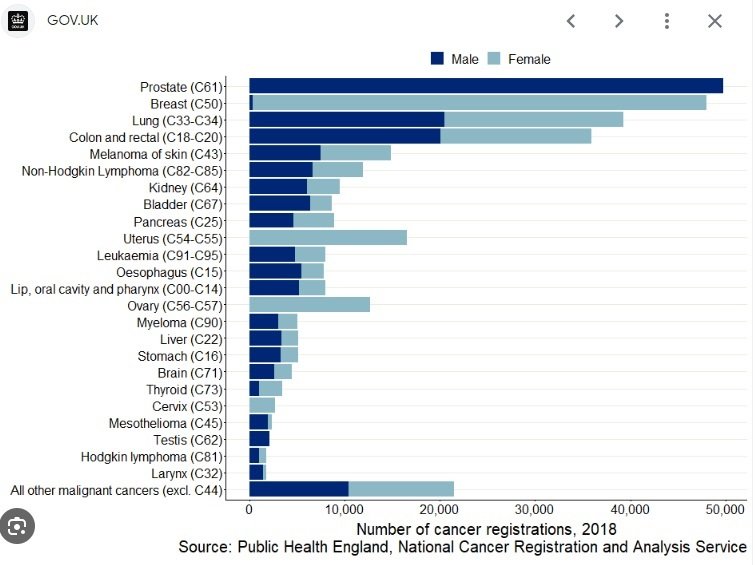
Blood Cancer Ranks 10th In Mortality Rate! Read the Top 10 Symptoms, Types, and Causes of Leukemia at Once
In the ranking of cancer mortality, blood cancer (leukemia) ranks 10th. In fact, leukemia is closer than we think. We will give you an in-depth introduction to leukemia from its causes, classification, and symptoms.

What is leukemia?
Leukemia, also known as blood cancer, is an abnormal proliferation of white blood cells in the bone marrow. The bone marrow of the human body is the home of hematopoietic cells. The platelets, red blood cells, and white blood cells in our body are all here. After being transformed by hematopoietic cells, they enter the blood system when they mature.
When the bone marrow becomes cancerous, abnormal white blood cells carrying cancer cells proliferate in large numbers, losing the ability of normal blood cells to differentiate and aging and death. When cancer-bearing white blood cells continue to divide, ignoring or even replacing the growth of normal cells, the space for other normal cells and bone marrow will be compressed, causing the body’s hematopoietic function to decline, resulting in insufficient platelets and red blood cells, causing symptoms.
Classification of acute and chronic leukemias
Abnormal white blood cell proliferation caused by leukemia can be further divided into acute and chronic leukemia based on the maturity of the proliferated cells (immature blast cells or moderately mature cells). However, white blood cells are also closely related to the lymphatic system, so leukemia can also be divided into:
- Caused by abnormal proliferation of bone marrow blast cells.
- Caused by abnormal proliferation of lymphoblasts.
Based on the above conditions, leukemia can be mainly classified into 4 categories:
- Acute myeloid leukemia (AML)
- Acute lymphoblastic leukemia (ALL)
- Chronic myeloid leukemia (CML)
- Chronic lymphoblastic leukemia (CLL)
Statistics show that acute myeloid leukemia is the type of leukemia that adults in Taiwan are more likely to suffer from, while acute lymphoid leukemia is more common in children.

What are the causes of leukemia?
Not all types of leukemia have been confirmed to have their cause, but according to the latest research, patients with chronic myelogenous leukemia have a translocation of the 9th and 22nd chromosomes, recorded as T cells (9:22), also known as Philadelphia Chromosome; T cells that appear after translocation can lead to overactivity of tyrosine kinase, triggering uncontrolled cell proliferation. Statistics show that more than 90% of patients with chronic myelogenous leukemia have this chromosomal variation.
In addition, the following reasons may also increase the risk of blood cancer:
- Down’s syndrome
- Long-term exposure to radioactive pollution
- Viral infection
- Long-term exposure to chemicals or preparations
- Have a family history of leukemia
10 major symptoms of leukemia
Symptoms of leukemia vary depending on the type of leukemia and include:
- Persistent fatigue and weakness
- Anemia
- Fever
- Unusual fatigue
- Unexplained weight loss
- Enlarged lymph nodes, liver, or spleen
- Bone pain
- Purpura appears on the skin (reddish-purple spots caused by bleeding under the skin)
- Nosebleed
- Bleeding gums
- Night sweats
Generally speaking, chronic leukemia has almost no symptoms in the early stage. However, the symptoms will gradually develop over time, and some acute symptoms may begin to appear, eventually becoming acute leukemia.
Because these symptoms are similar to those of a cold or flu, it is easy for patients to ignore or delay treatment. However, since leukemia patients often have a significant increase in white blood cells in their blood, blood tests can still be used to identify the symptoms and their correlation in a timely manner.












